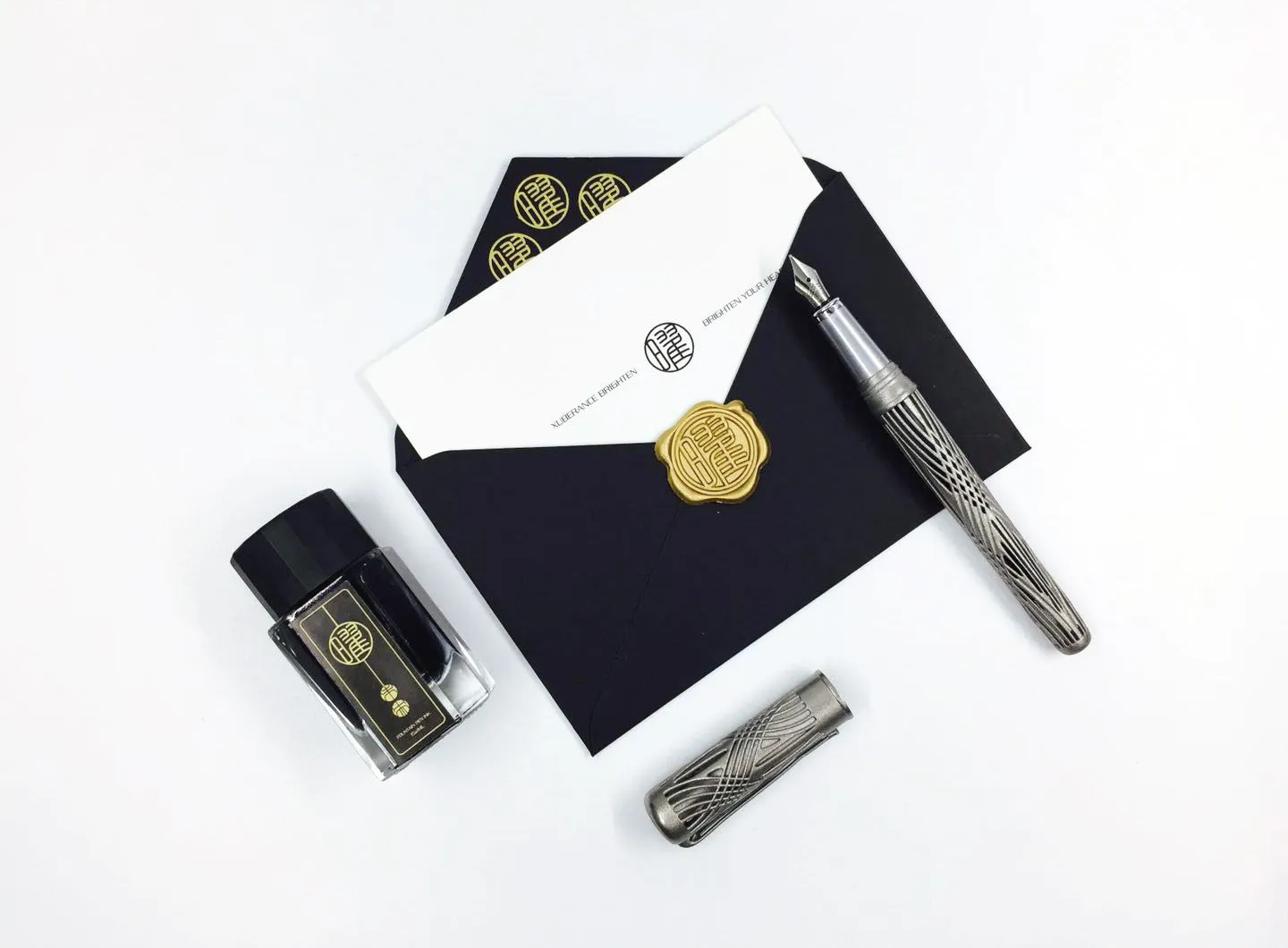In partnership with MiCodmc, a selection of establishments ripe for discovery during the 63rd edition of the Salone del Mobile.Milano, from 8th to 13th April

With his company Xuberance based in Hong Kong, he produces designs made with 3D printers. Mass consumption products which are bringing the future of design architecture to the present.
Steven Ma (1981) has made digital experimentation his field of research and his personal hallmark. His shapes and decor could not be more recognisable. His mark is uniquely his own, generated in Hong Kong and universally known, anticipating the future.
The best-selling 3D printed consumer products are lighting designs. Sales of the Cloud design, which took first prize in the 2015 SaloneSatellite Award, have accounted for 3.6 million RMB since 2015. Recently, however, sales of customisable 3D printed furniture have risen sharply, given that the robotic technique involved in 3D printing will allow a table of up to 5m long to be printed in 10 hours using composite plastic materials. The idea of mass customising furnishing products in varied colours and slightly different sizes allows consumers to have better experiences, with products customised to their own specifications.
In the main, these 3D printed objects cannot be produced using traditional mould casting methods. The design is more complex in terms of form and function. “More is More.” The time has come to celebrate complexity of form by using 3D printing technology to make things that are totally different and which push the boundaries of design with a new material culture. More and more people are beginning to accept 3D printed everyday consumer goods. It is a process and a journey towards a new design revolution for the future.
Since 2008, I’ve taught at the University of the Applied Arts in Vienna, ADD Aalto University, Hong Kong University, Tsinghua University, D&I Tongji University and CAFA Guangzhou. I’m currently the Asia Director of the Southern California Institute of Architecture. Communicating with different categories of students from different schools allows me to combine design ideas across my teaching and my professional practice. Each school has its own identity and strength. Using 3D printing to mix techniques and design thinking is exponential. I learn every day from my students’ curiosity and creative thinking.
I didn’t finish my doctoral research; instead I started up my own professional 3D printing design company in China as soon as I got back from Europe in 2014, and began experimenting with 3D printing and researching potential commercial applications. It is a sustainable manufacturing technology that involves no wastage and this often shows in the optimised appearance of the object’s structure.
I moved back to Hong Kong in 2013 and started working on some small projects in the architectural field. But the economy and the architectural market weren’t that good then. So In 2014 we moved our office to Shanghai and started to explore the possibilities of 3D printed products and research. We also tried to get to grips with the 3D printing industry and the entire network of manufacturing processes involved with mass product customisation design applications in China. Our first product was the 3D printed Cloud lamp series. We produced 36 different variations of the textured surface shell. In the end, we chose 4 main designs characteristic of traditional Chinese cloud patterns to take to SaloneSatellite. We actually missed the 2015 deadline for submissions, so we emailed Marva and asked her if we could take part in this year’s SaloneSatellite. Given the age restrictions, this was the last year in which I could take part in this amazing event. Luckily she allowed us to take part and we took first prize in the SaloneSatellite Award.
Winning this award was hugely important, because we are a very small design brand that promotes 3D printed consumer products in China. Winning this major international award for a 3D printed product is the best you can hope for in terms of starting a new business. We also have tremendous media exposure and we are continuing to develop more design products tailored to the needs of Chinese consumers. Over the last 3 years the company has grown from 6 people to a total of 38 employees in 2018. Our projects range from small-scale 3D printed jewellery to tableware, fashion, furniture, sculpture and large-scale interior design to exterior installations. We recently opened the first China 3D Printing Cultural Museum in Shanghai extending over 5000 m2, and several 3D printing Cafes and Experience shops in China.

In memoriam: David Lynch
The American director has left us at the age of 78. The Salone del Mobile.Milano had the honor of working with him during its 62nd edition, hosting his immersive installation titled “A Thinking Room”. An extraordinary journey into the depths of the mind and feelings. His vision will continue to be a source of inspiration.



 Stories
Stories


















